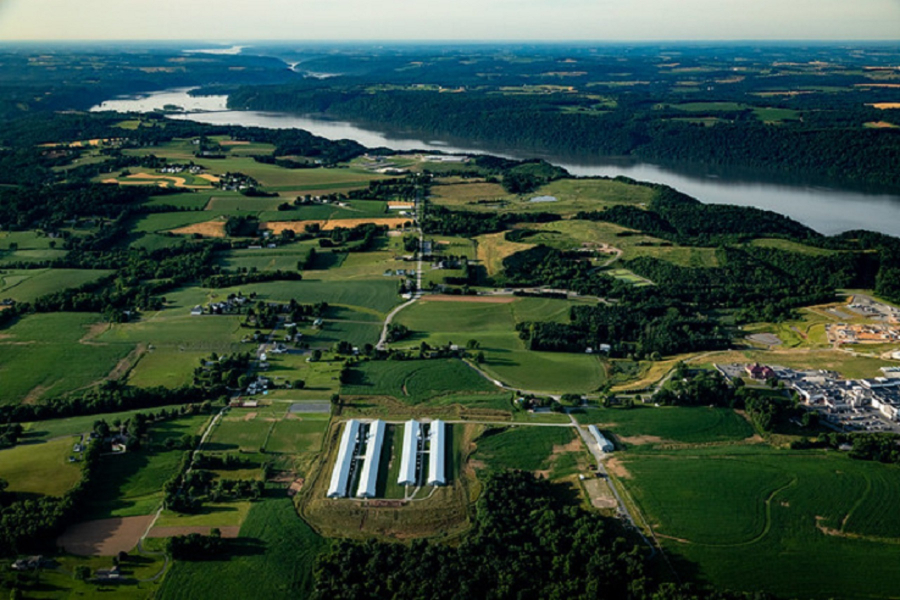Weigh in on plans to improve your local waterways
Draft Watershed Implementation Plans now available for public comment

The seven jurisdictions that make up the Chesapeake Bay watershed—Delaware, the District of Columbia, Maryland, New York, Pennsylvania, Virginia and West Virginia—recently took a large step forward in their continued commitment to restoring and protecting the Chesapeake Bay. Each has developed a roadmap to guide their efforts in reducing the pollution flowing into their local waterways and the Chesapeake Bay.
The Chesapeake Bay Total Maximum Daily Load (Bay TMDL) requires each of the watershed jurisdictions to reduce the nutrient and sediment pollution that flows into the Bay from their local rivers and streams. The Chesapeake Bay Program uses a suite of modeling tools to help determine the amount of pollution that each jurisdiction is responsible for reducing. Since the Bay TMDL was put into place in 2010, the watershed jurisdictions have developed strategies called Watershed Implementation Plans (WIPs) that act as roadmaps for reducing their pollution loads.
This is third phase of the WIPs since the Bay TMDL was put into place in 2010. The first phase was developed in 2010 and described actions and controls to be implemented by 2017 and 2025. The second phase came along in 2012, which provided more specific local actions and commitments. The newest phase provides information on the actions and commitments each jurisdiction plans to implement between 2018 and 2025. Under the Bay TMDL, every jurisdiction should have practices in place that will reduce 100 percent of their pollution loads by 2025.
To help jurisdictions develop these restoration guides, the Environmental Protection Agency issued a letter in early 2018 that outlined their expectations. Some of the considerations included an increased emphasis on engaging with local partners in the development of the plan and taking into account how much the region is anticipated to grow (in both human and livestock population) by 2025.
Each jurisdiction has made their draft plan available for the public to review and comment. Everyone is encouraged to review and learn more, so you can better understand what steps are being taken to keep your local rivers and streams healthy. Below are links to each individual plan:
Comments will be accepted until June 7, 2019. Final WIPs will be available in Fall 2019.

Comments
There are no comments.
Thank you!
Your comment has been received. Before it can be published, the comment will be reviewed by our team to ensure it adheres with our rules of engagement.
Back to recent stories